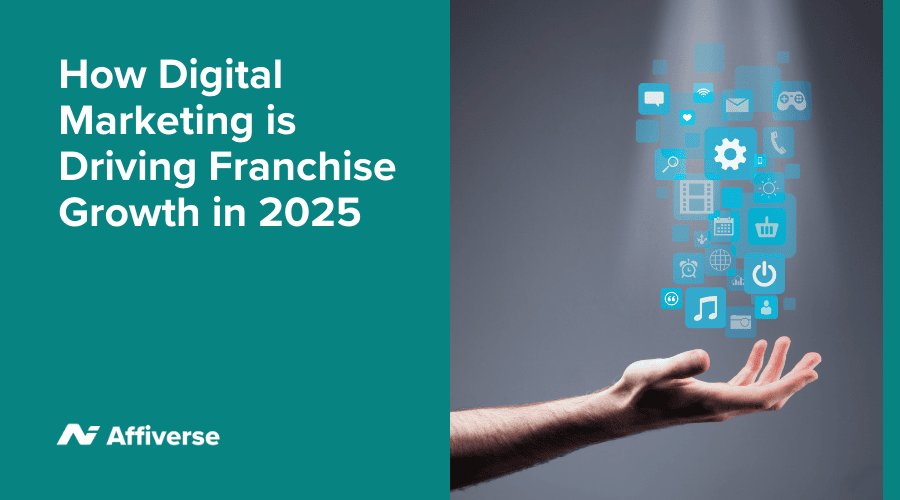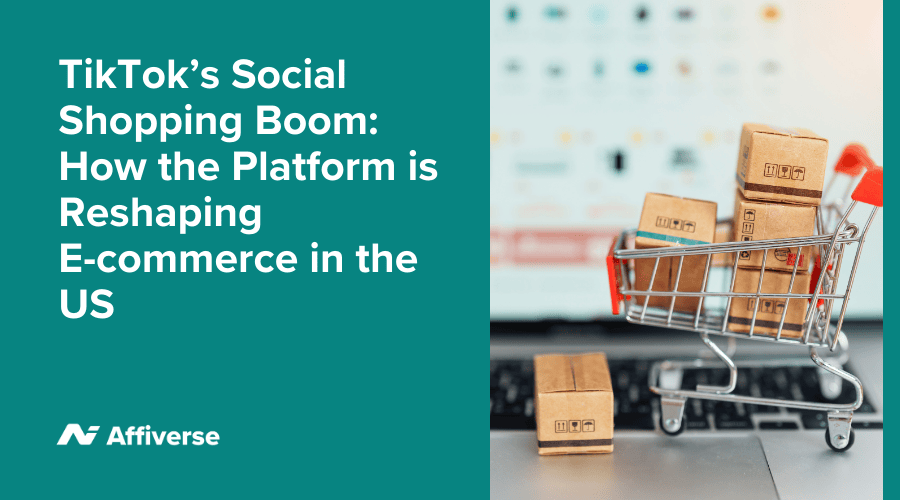User-generated content (UGC) has become a powerful force in digital marketing, shifting the balance of influence away from brands and towards consumers. Rather than relying solely on professionally curated ads and corporate messaging, brands are increasingly turning to everyday users to create authentic content that resonates with audiences.
With studies showing that UGC is more trusted than traditional advertising, businesses are doubling down on this strategy to build engagement, credibility, and customer loyalty. Platforms like Instagram, TikTok, and Facebook are actively enhancing their features to support this growing trend.
The message is clear: brands that harness the power of real customer experiences will have a competitive edge in 2025 and beyond.
What is User-Generated Content and Why Does it Work?
User-generated content includes any form of brand-related content created by consumers rather than the brand itself. This can be social media posts, product reviews, testimonials, unboxing videos, or even blog articles. The reason UGC is so effective lies in its authenticity – people trust real customers more than they trust brands.
Consumers today are bombarded with advertising, and traditional marketing is losing its effectiveness. UGC cuts through the noise by offering something more relatable. When potential buyers see real people using and endorsing a product, it creates a sense of trust that polished brand content often fails to achieve.
One of the biggest reasons for UGC’s success is its ability to humanise brands. Instead of a company telling you why their product is great, a real person shows you in a way that feels unscripted and genuine. This emotional connection is what drives higher engagement and conversions.
How UGC is Changing Digital Marketing
More brands are integrating UGC into their digital marketing strategies, and the results are proving its value. One of the most notable shifts is how social media platforms are evolving to prioritise user-created content. Instagram’s algorithm now boosts posts that feature real interactions rather than overly polished ads. TikTok’s success is built entirely on authentic, short-form video content created by its users.
This shift is influencing how brands approach advertising. Instead of investing exclusively in high-budget campaigns, many are encouraging customers to create and share their own content in exchange for rewards or recognition. Some companies even base their entire social media presence on reposting user content, creating a community-driven brand experience.
The e-commerce industry has particularly benefited from UGC. More than ever, shoppers rely on customer reviews, unboxing videos, and social media testimonials before making purchasing decisions. Seeing real people using a product in everyday life has a far greater impact than a corporate promotional video.
Brands are also using UGC in paid advertising. Instead of creating traditional video ads, many companies now run ads featuring real customer experiences. These perform better because they don’t feel like ads -they feel like organic recommendations.
How Brands Can Encourage UGC
Encouraging customers to create content doesn’t happen by chance. Brands that excel in this area actively build strategies to motivate and reward users for sharing their experiences.
One of the simplest yet most effective methods is launching a hashtag campaign. By creating a branded hashtag and asking customers to share their experiences, companies can tap into organic content creation. The best examples of this include beauty brands that encourage customers to showcase their makeup looks or fitness brands prompting users to share workout progress.
Incentives also play a key role in boosting UGC. Many brands offer discounts, exclusive perks, or features on their official pages in exchange for customer content. This not only encourages participation but also strengthens brand loyalty.
Another approach is integrating UGC into product pages. Featuring real customer photos and reviews instead of polished product shots can make a brand feel more transparent and trustworthy. Many brands now allow customers to upload photos directly alongside their product reviews, providing an authentic preview of how the product looks in real life.
The rise of live shopping and influencer marketing is also amplifying UGC. Many brands now collaborate with micro-influencers and real customers to host live product demonstrations, allowing potential buyers to see a product in action before purchasing. This hybrid of influencer and user-generated content is proving to be a winning formula.
The Future of User-Generated Content in Marketing
As digital marketing continues to evolve, UGC is expected to play an even bigger role. Consumers are increasingly sceptical of traditional advertising and crave content that feels personal and relatable.
The next evolution of UGC will likely involve AI-powered recommendations, making it easier for brands to identify and amplify high-performing user content. E-commerce platforms will integrate UGC more deeply into shopping experiences, allowing potential buyers to see real-life product use cases with a single click.
Social media platforms are also expanding their tools for brands to curate and showcase UGC effectively. Instagram and TikTok are already rolling out more features to help brands discover and promote user-created content, blurring the lines between brand marketing and everyday user experiences.
Final Thoughts
User-generated content is more than just a marketing trends the foundation of a new era in digital advertising. Brands that prioritise authenticity, community engagement, and real customer experiences will stand out in an increasingly crowded digital space.
Instead of relying solely on corporate messaging, successful brands are now embracing the voices of their customers. Those that understand and leverage UGC will build stronger relationships, drive higher engagement, and ultimately achieve greater success in the digital world. The future of marketing belongs to real people sharing real stories, and brands that listen will be the ones that thrive.



















